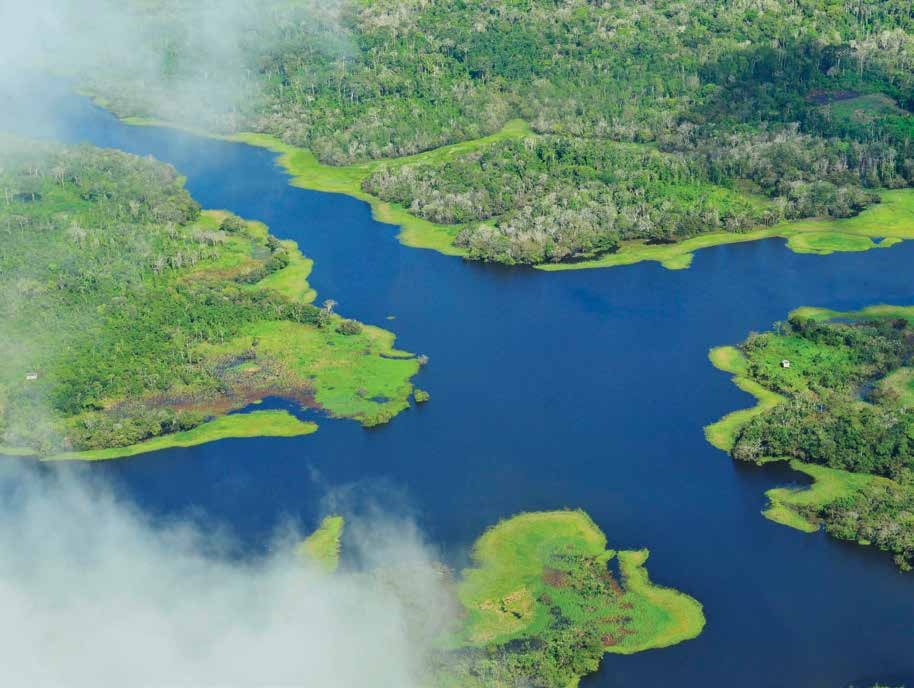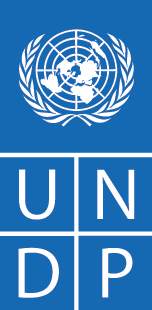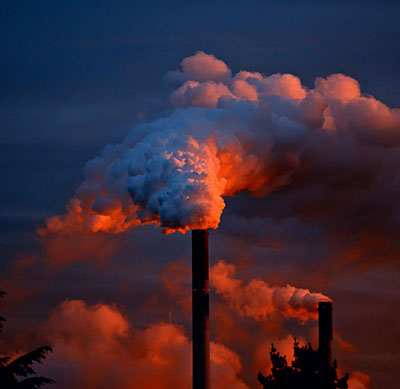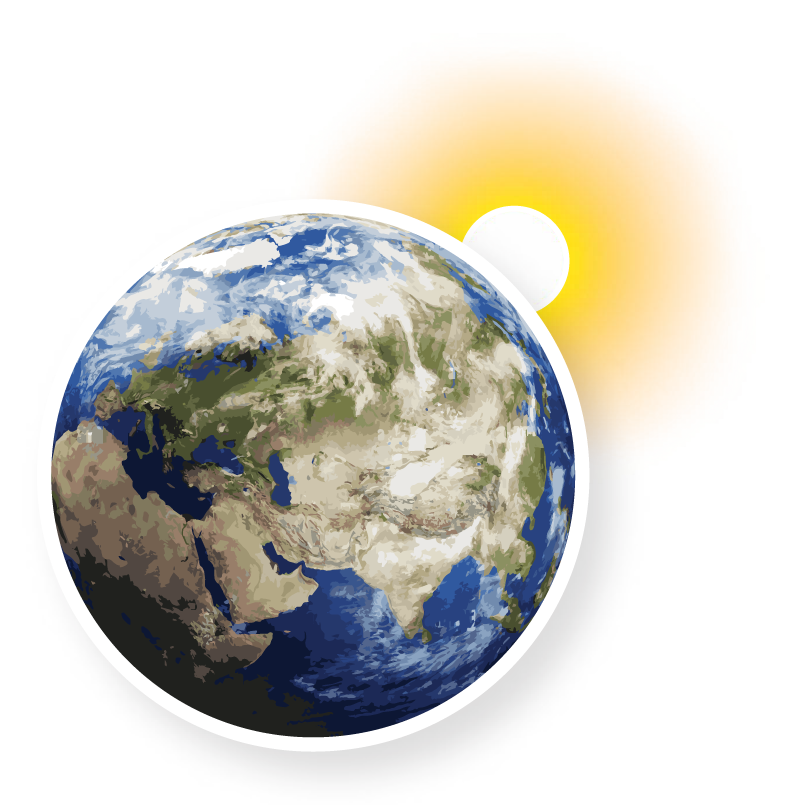Water in the natural world
Water has a special place among the vast number of chemical compounds that are found on our planet. It flows from the taps, we boil it in kettles, and it fills rivers, lakes, seas, and oceans.

Water can exist in various states: solid, liquid and gas. When the air temperature is below 0°C, water freezes to a solid state and becomes ice. Water comes out of taps in a liquid state, and the jet of steam from a boiling kettle is water in its gaseous state. Incidentally, the water in the clouds that we see in the sky is very often in three states at once, and that is what determines the different forms that clouds can take.
Figure 2.4.1 Noctilucent clouds in Sweden
Noctilucent clouds are a particularly beautiful type of atmospheric formation. They are at an altitude of 76–85 km above the earth and are formed of nothing but ice crystals, which determines their fantastical appearance. Noctilucent clouds can only be seen at night in polar latitudes, when they are illuminated by the sun, which has already fallen below the line of the horizon.

If there was no water on our planet, there would be no life: many types of plants and animals are composed in large part of water. For example, a human body is 60% water on average. This share depends on age: the body of a newborn infant is 86% water, but that of an elderly person only 50%. It is very important for people to drink enough water. A person can live without food for about a can only survive for three to ten days without water.
Water on Earth takes many forms that are in constant movement and altogether form the water cycle. The water cycle (Fig. 2.4.2) is the process by which water circulates between the Earth’s oceans, atmosphere, and land, involving precipitation as rain and snow, drainage in streams and rivers, and return to the atmosphere by evaporation and transpiration. The water cycle is affected by both climatic and non-climatic factors.
Figure 2.4.2 The water cycle, including direct human interventions

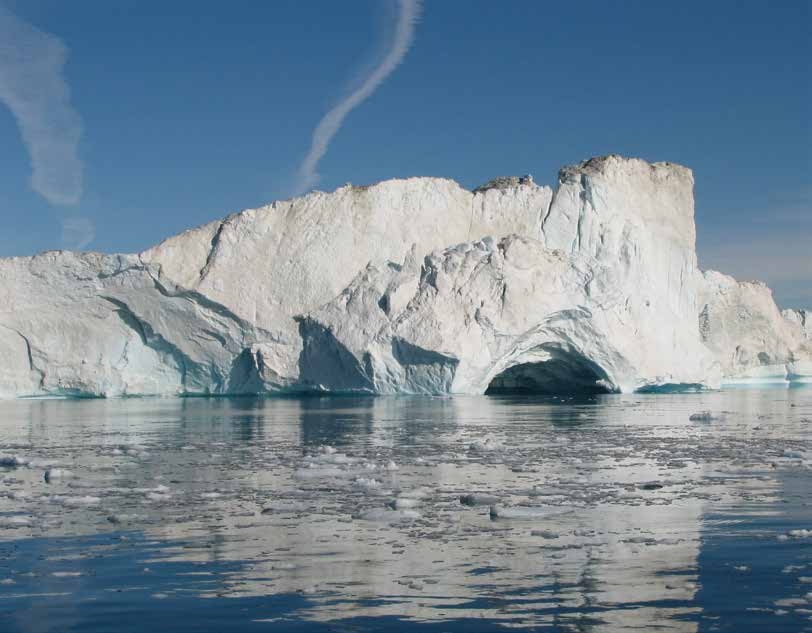 All parts of the water cycle on Earth that are used or could be used by human beings are called ‘water resources’. They include all water in rivers, lakes, canals, reservoirs, seas and oceans, groundwater, soil moisture, frozen water (ice) in mountain glaciers and polar ice caps, and even water vapour in the atmosphere.
All parts of the water cycle on Earth that are used or could be used by human beings are called ‘water resources’. They include all water in rivers, lakes, canals, reservoirs, seas and oceans, groundwater, soil moisture, frozen water (ice) in mountain glaciers and polar ice caps, and even water vapour in the atmosphere.
More than 97% of all water on the planet is in oceans and seas. The water in the ocean is salty and not suitable for drinking. Less than 1% of the total volume of water on the planet is fresh water in rivers, lakes,
streams, and other surface water bodies. That doesn’t seem like much, but there is another vast reserve of fresh water: the glaciers and ice caps of Antarctica and Greenland. They account for 2% of all the water on Earth – nearly eight times more than all the water in rivers and lakes combined.
Preserving the planet’s reserves of fresh water is one of the major environmental challenges facing us today: without these reserves mankind cannot survive.
Climate change and the increasing demand for food and sanitation from the world’s growing population have created water shortages in many countries. Since the beginning of the 20th century, the world’s population has grown from 1.6 billion to more than eight billion. The rapid growth of population, changes in lifestyle and agricultural expansion have all increased water use in most countries. About 70% of all freshwater is used to water fields for growing crops. UN experts estimate that by 2050, nearly 90% of the world’s freshwater resources will be needed for food production.
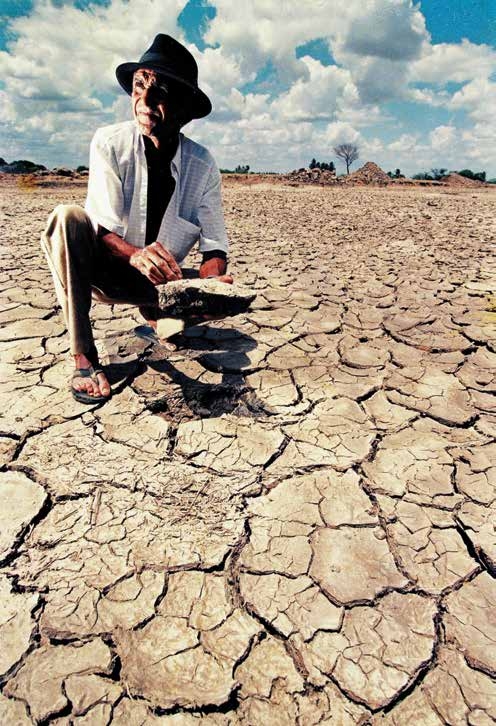
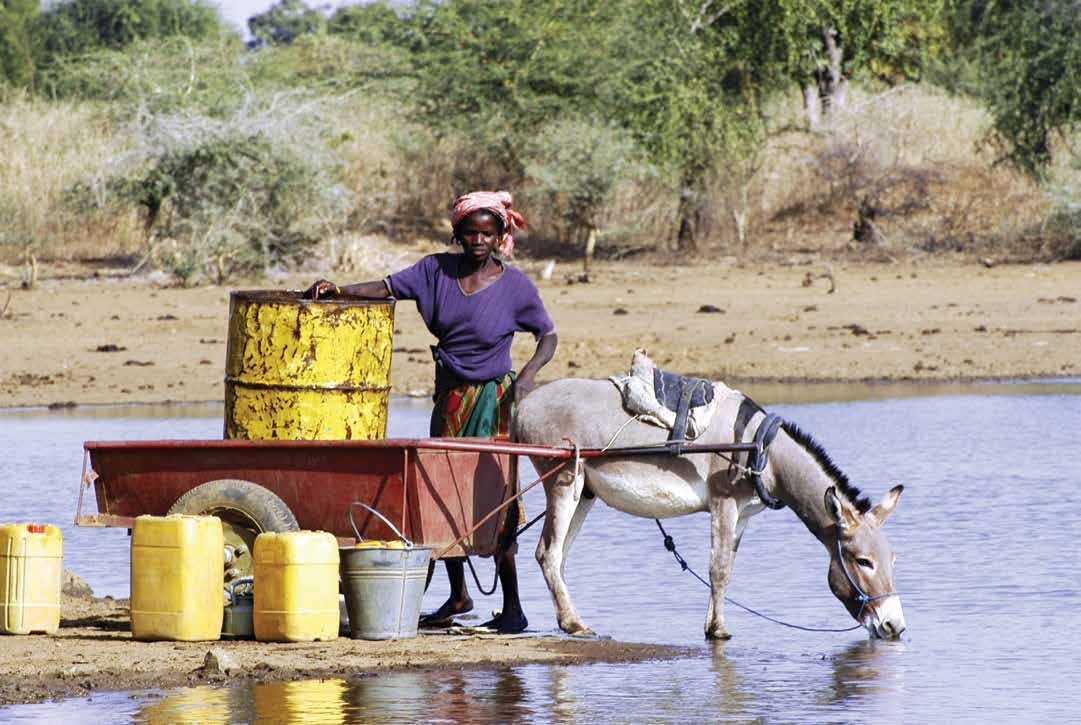
UN experts also point out how unevenly drinking water is distributed across the continents: Asia is home to 60% of the world’s population but has only one-third of the world’s water resources. According to the World Health Organization, in 2020, around one in four people lacked safely managed drinking water in their homes and nearly half the world’s population lacked safely managed sanitation, most of them in Africa.
Goal 6 of the UN Sustainable Development Goals adopted in September 2015 is on clean water and sanitation, with one of its targets aimed at achieving “universal and equitable access to safe and affordable drinking water for all’ by 2030.
How does climate change affect water resources?
All the sources of fresh water on Earth (rivers, lakes, swamps, snow, glaciers, groundwater) are intimately related to climate. To a certain extent they are all a product of climate, although, of course, they all depend on different components of the natural world.
We already know that warming of the climate in many parts of the world will probably increase the frequency of heavy rains, causing disastrous flooding. In other areas, precipitation is expected to decrease, so that extreme droughts will become more frequent. Unfortunately, very wet regions will become even wetter, while dry regions, especially in the central parts of continents, will suffer increasingly from the effects of drought.
Scientists note that climate change will significantly affect water resources leading to water shortages in arid regions of the world, most notably the Mediterranean countries, the western United States, Southern Africa, and northeast Brazil. They define the mismatch between the demand for fresh water and its availability as water scarcity. It is estimated that around half of the world’s population, or four billion people, live under conditions of severe water scarcity for at least one month per year (Fig. 2.4.3). Nearly half of them live in India and China. Although regions with high water scarcity are already naturally dry, human influence on climate is reducing the availability of water in these and in many other regions. At 2°C warming, globally, 800 million to three billion people are projected to experience chronic water scarcity due to drought, and up to approximately four billion at 4°C warming, considering the effects of climate change alone, with present-day population.
Figure 2.4.3 Current water scarcity
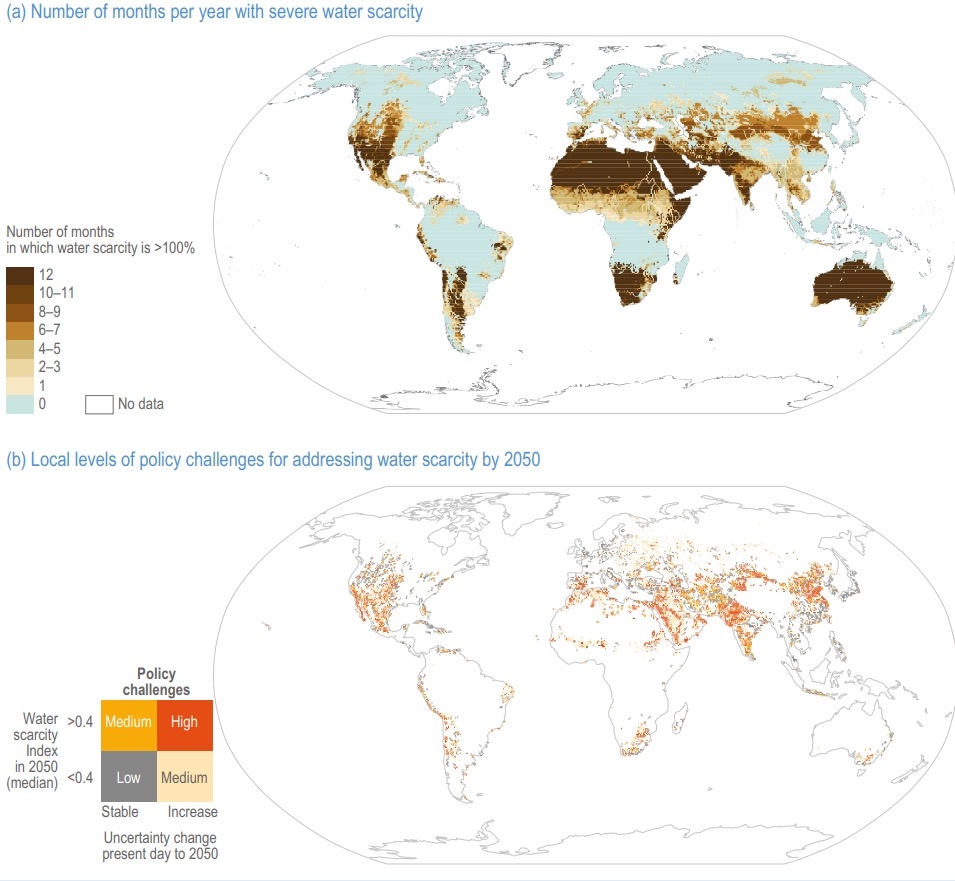
Climate change will also significantly affect glaciers and snow cover. Weather satellites (Fig. 2.4.4) show that the area covered by snow in the northern hemisphere has significantly decreased over the past 45 years. The reduction of snow cover in mountainous areas has been most noticeable in western North America and in the Swiss Alps, mainly at low altitudes.
Figure 2.4.4 United States weather satellite of the meteorological-satellite service
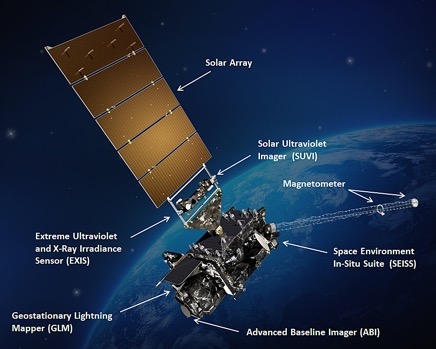
Changes in the amount and the cycle of precipitation, the melting of mountain glaciers and the general rise in temperatures on the planet all lead to changes in the volume of water carried by rivers. Typically, river flow changes from season to season, but there are certain long-term patterns now being affected by climate change. These changes could result in major floods that inundate riverside settlements or, conversely, dry up a riverbed. In temperate latitudes today, rivers freeze later and lose their ice earlier. These changes need to be considered in economic planning, since rivers are vital to the economy of many countries. They are arteries for the transportation of goods and passengers, a source of hydroelectric power, and reservoirs of fresh water for drinking and for irrigation.
DRAINAGE BASIN
is an area of land from which all surface water and ground- water flows into one water body, including its various tributaries.
Figure 2.4.5 The Amazon River in South America has the largest drainage basin in the world, covering seven million km2


Figure 2.4.6 The Nile is the world’s longest river
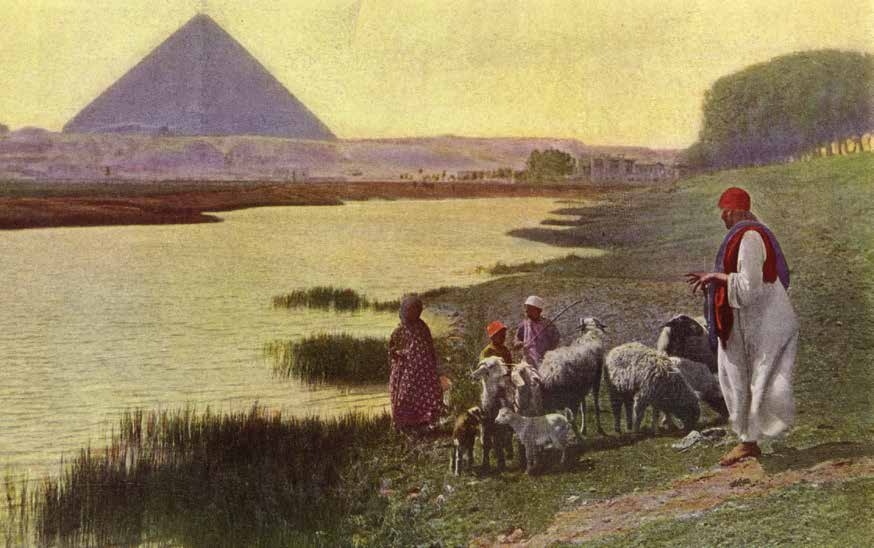

The countries that have the largest supply of fresh water in the world are Brazil (the world’s greatest river, the Amazon, flows through its territory), followed by Russia and Canada. However, the distribution of freshwater around the world is extremely uneven. Even in water-sufficient countries like Brazil or Russia there are areas that already experience water stress (Fig. 2.4.9). This natural ‘injustice’ will grow more marked over time due to climate change: regions that already suffer from water shortages will become even more arid (Fig. 2.4.3 and 2.4.8).
Figure 2.4.7 Lake Baikal in Siberia is the largest reservoir of fresh water on Earth

Figure 2.4.8 Projected decline in water supply in United States counties: (a) without climate change effects and (b) with projected climate change effects
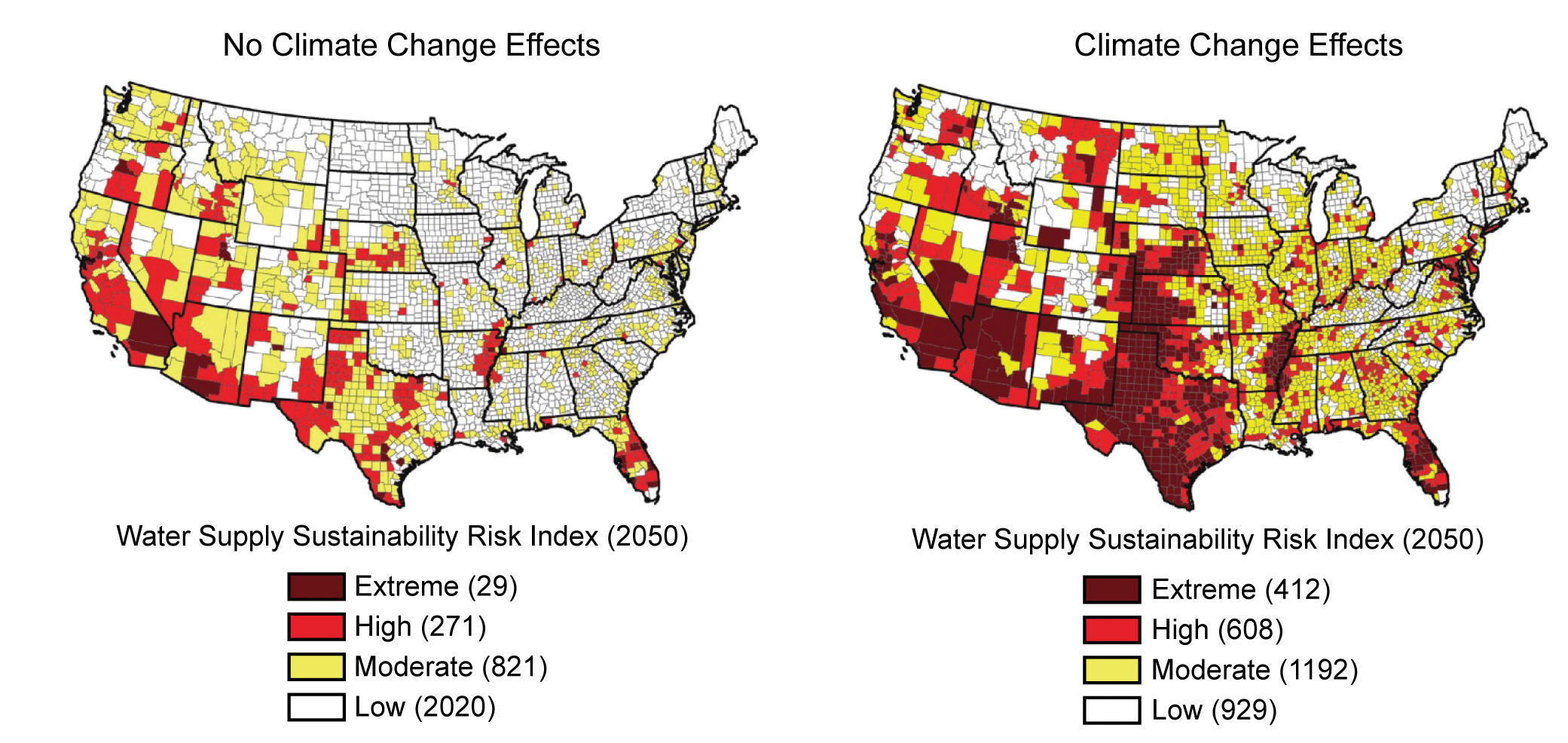
Figure 2.4.9 Water shortages are already a problem in Southern Russia
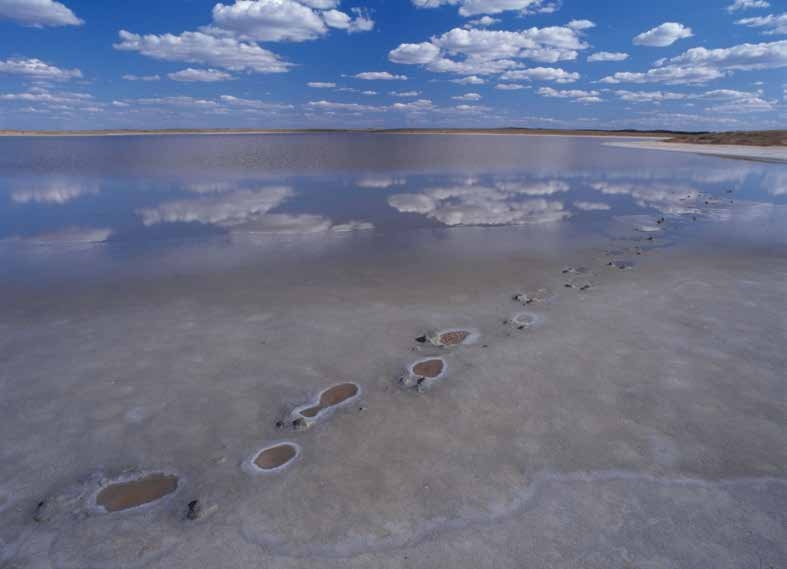

How can the risks be reduced and adaptation enabled?
Until recently, it did not occur to people responsible for water management that climate change would force them to review the whole system for managing water resources. Unless proper measures are taken in good time, the damage caused by sudden and severe droughts, floods or reduction of freshwater resources could be enormous. Scientists note that adaptation to water-related risks and impacts make up much of all documented adaptation worldwide and propose a range of measures.
The first thing needed is improved weather forecasting to help predict the probable occurrence of severe weather events in advance.
Second, technology and engineering solutions can reduce risks to people and infrastructure, from the construction of dams and reservoirs along rivers to help regulate their flow, to the creation of structures along riverbanks to protect communities from severe flooding.
Third, we must improve water management systems and change consumer behaviour to reduce water consumption. This can be done, for example, by harvesting rainwater or by using the same water twice for different needs. Special installations to convert salt water into fresh water by desalination are also promising (Fig. 2.4.10). Most of all, we must remember to use water efficiently.
Figure 2.4.10 A seawater desalination plant in the United Arab Emirates

Fourth, we can apply nature-based solutions more widely to adapt to water scarcity resulting from climate change. Such solutions rely on natural processes to enhance water availability and water quality, and reduce risks associated with water-related disasters while contributing to biodiversity. Examples include the use of natural or semi-natural systems such as wetlands and healthy freshwater ecosystems to supply clean water, regulate flooding, enhance water quality, and control erosion. Cities like New York and Copenhagen have integrated large- scale investment plans comprising nature-based solutions in urban planning to deal with high-impact extreme precipitation events. This is a growing trend: one in three cities use nature-based solutions to address water-related climate hazards, according to the Carbon Disclosure Project database.
Harnessing indigenous and local knowledge: how the ancient Indians of Latin America adapted to a changing climate
The indigenous peoples of Central and South America lived mainly on crops they grew around their settlements. In highland regions, where many ancient Indian civilizations were focused, food production was limited due to the uneven distribution of water resources. There was no shortage of water during the rainy season, but how did these ancient peoples manage during the dry season?
The main source of water in the dry season was rivers flowing from mountain glaciers, but they only supplied settlements along the river valleys. The ancient Indian tribes invented a range of technologies and contrivances to ensure year-round supply of water in the mountains.
The Indians learnt to catch, filter and store rainwater, to build surface and underground irrigation channels, and invented devices for measuring the amount of water they had in storage. They even connected the river basins of the Pacific and Atlantic oceans. They also developed a system of weather forecasting, which could predict when the rainy season and the dry season were likely to begin, so that they could better organize the sowing and harvesting of crops.
The indigenous peoples of America used their engineering skills to straighten riverbeds and build bridges, both hanging bridges and bridges with supports. They had piped water for everyday use and for religious ceremonies. The priests of the Chavin culture channelled water through pipes inside their temples to obtain a sound like the roar of a jaguar, an ani- mal which they worshipped as a god.
Using an ingenious technique, they used water to cut blocks of stone used in construction. Water was channelled into specially made channels in the stone and left to freeze at night in sub-zero temperatures, gradually creating cracks that divided the stone into the regular shapes required for building.
The Indians of Central and South America, who lived on a vast territory from modern Mexico in the north to Chile and Argentina in the south, were thus pioneers in the use of various technologies that can be used today, melded with the latest scientific knowledge, in adapting to adverse and unpredictable climate conditions.
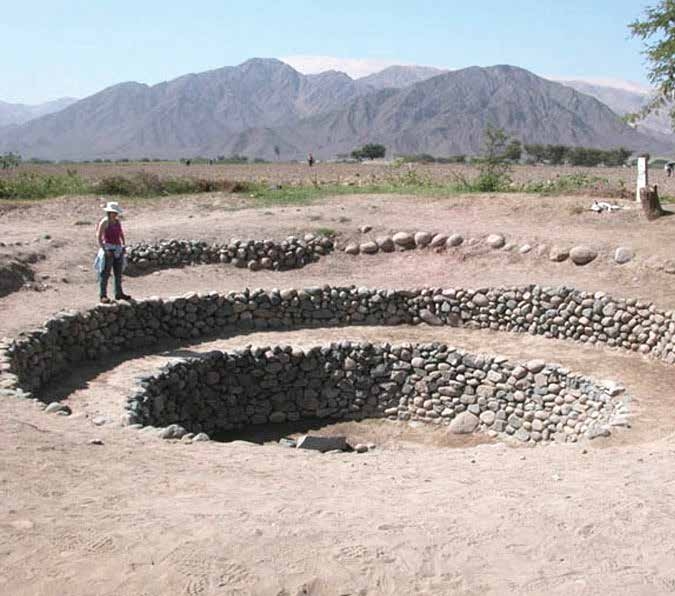
Figure 2.4.11 Water collection system in Nazca regions (southern coast of Peru) for underground aqueducts and distribution of groundwater
QUESTIONS
1
What do we call the science that studies water?
2
Which country has the largest supply of fresh water in the world?
3
Which regions of the world will be particularly affected by water shortages and why?
4
What is the name of the river basin where your hometown is located and what sea does it flow into?
5
List at least three adaptation measures that help to reduce risk from climate change on water resources.
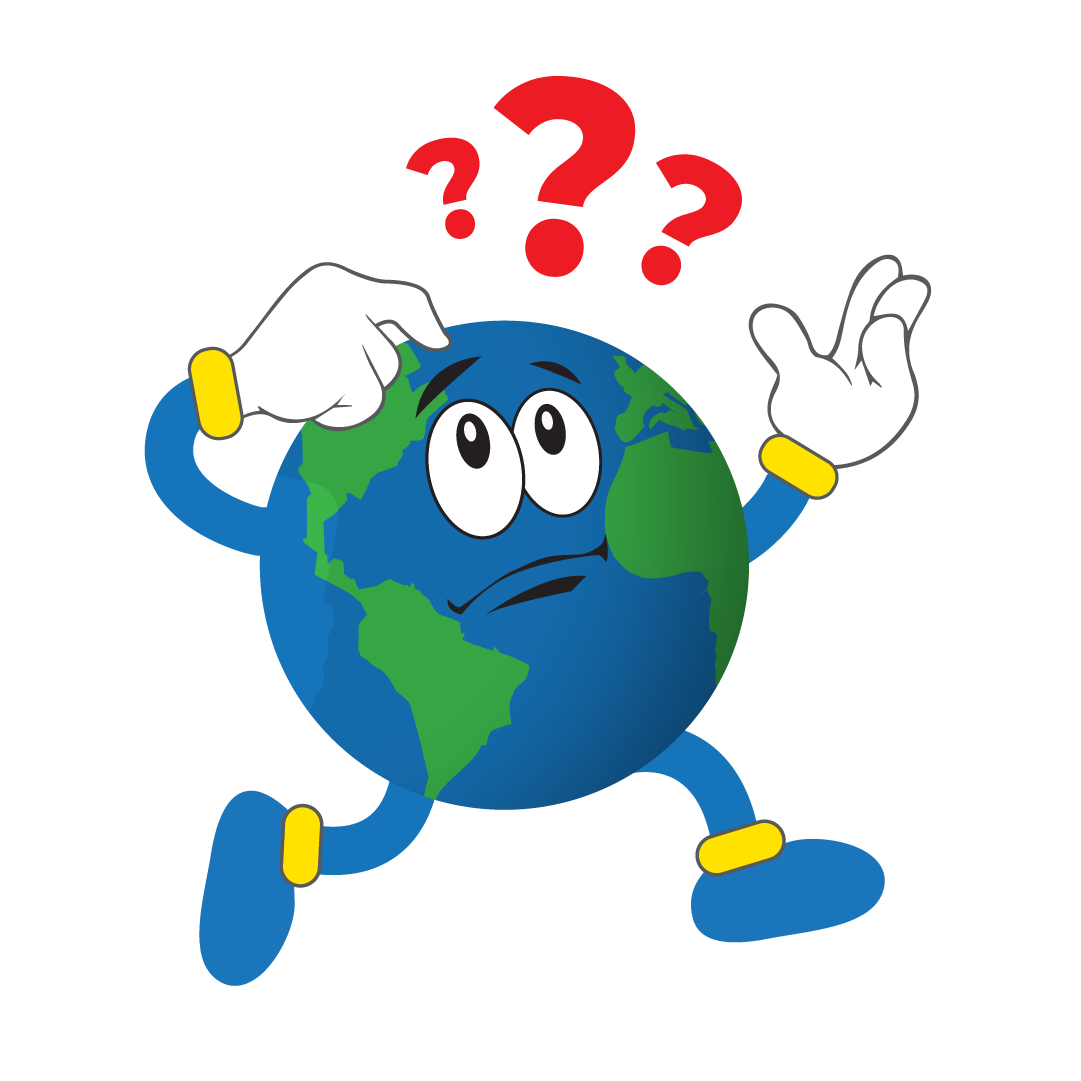
TASKS
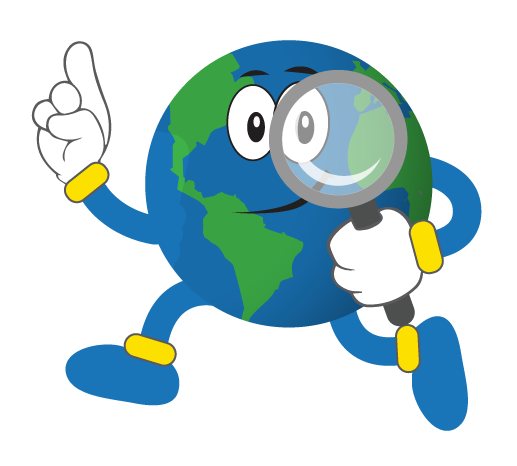
Find the Amazon River on a physical map of the world. Measure its length and the area of its drainage basin and compare it with the major river in your country.
